What were the Funeral Rites and Rituals of Ancient Rome?
Roman funerary practices were deeply rooted in the culture and beliefs of ancient Rome and evolved over time. They were influenced by the Romans' views on the afterlife, social status, and religious rituals.
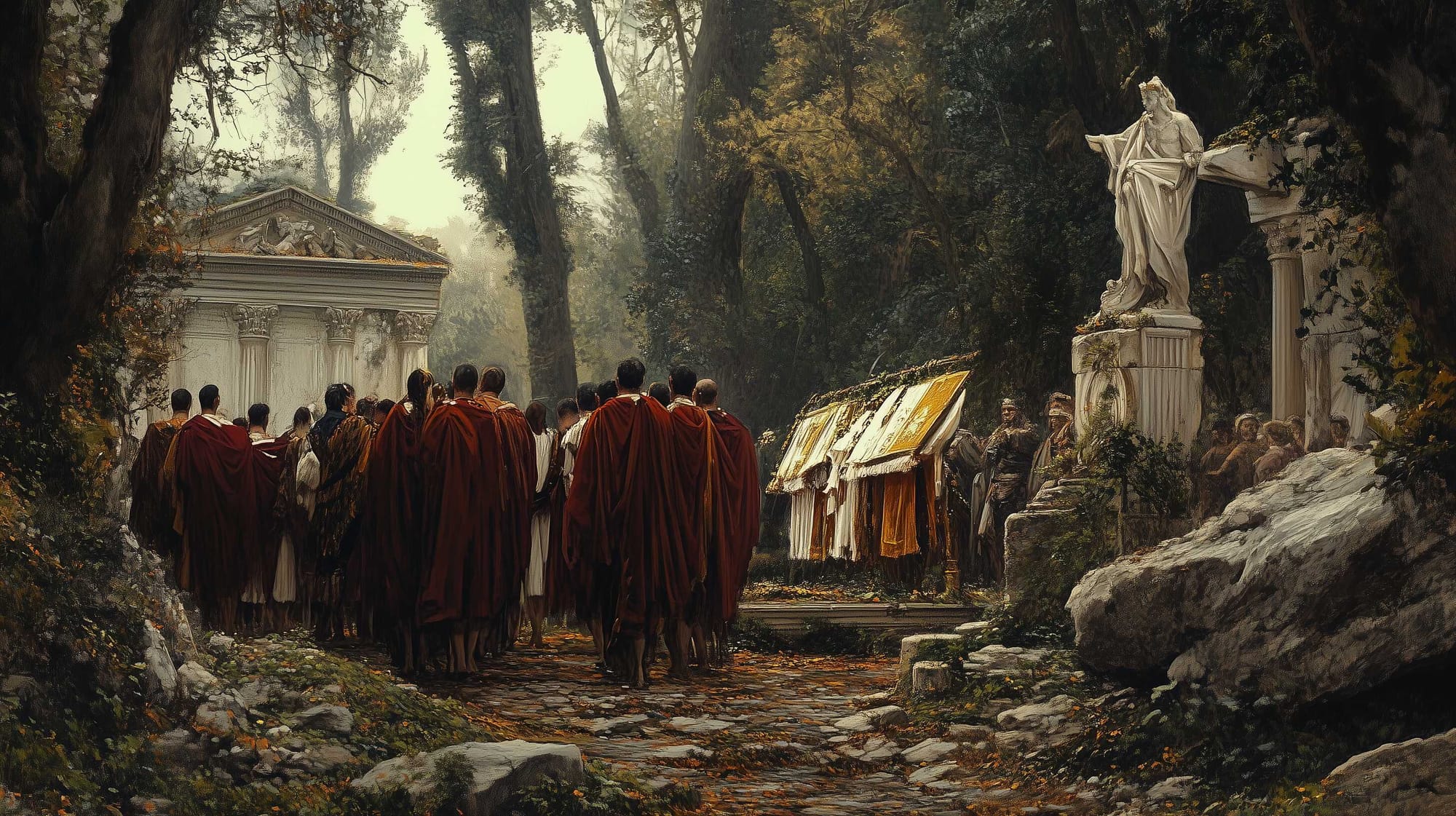
In 9 BC, the Elder Drusus, stepson of Emperor Augustus, tragically died from a fall while serving in the Rhineland. A large cenotaph was erected in the German town of Mainz to commemorate his death.
However, Drusus's body was transported back to Rome, with his brother Tiberius accompanying the procession on foot the entire way. The Emperor joined them at Ticinum for the final leg of the journey to the capital. Upon reaching Rome, the body, surrounded by imagines—representations of Drusus's ancestors—was brought to the Roman Forum, where Tiberius delivered a eulogy.
Augustus then gave a second speech at the Campus Martius, where the body was cremated, and the remains were interred in the Imperial mausoleum. This elaborate procession, complete with imagines, speeches, and a grand burial, highlighted and reinforced the prestige and legacy that Drusus had earned during his life.
The funeral was a memorable spectacle, a temporary yet powerful display of the Imperial family's glory, culminating at the Augustan mausoleum, the enduring symbol of the dynasty.

The art of death in Ancient Rome
Roman funerary rites, where citizens offered tributes to their ancestors on specific days, are often cited by scholars as compelling evidence of a Roman "cult of the dead."
The design, structure, and ornamentation of tombs are typically interpreted as indicators of the deceased's wealth, prestige, and social standing. Grave rituals and funerary customs, including offerings and feasts, are believed to highlight the status the deceased held during life, with the living performing these acts to honor and glorify their departed relatives.
Although more recent research has explored the creation of memory in Roman funeral practices and rituals, the significance that Romans placed on the establishment and continuation of memory through grave rituals remains largely underexamined.
Ellis Codd, in his study, “Memory and Community in Roman Italy”, supports that the burial practices and tomb designs in ancient Roman Italy were employed to maintain the social memory of communities, simultaneously expressing the identities of individuals, families, and the larger community, along with the bonds that linked them in both life and death.
Death in ancient Roman Italy was far from a quiet event. When a citizen died, their name was called out three times, marking the beginning of the family's mourning process.
The body was typically prepared for cremation, and the family engaged in both public and private mourning, which could include laying the body out, displaying grief openly, and suspending all other activities until after the funeral.
The funeral rites were designed to protect the living from the defilement associated with death. The Romans took various steps to ensure the deceased's transition into the role of an ancestor and to purify the living through rituals involving washing, sacrifices, and other purification practices.
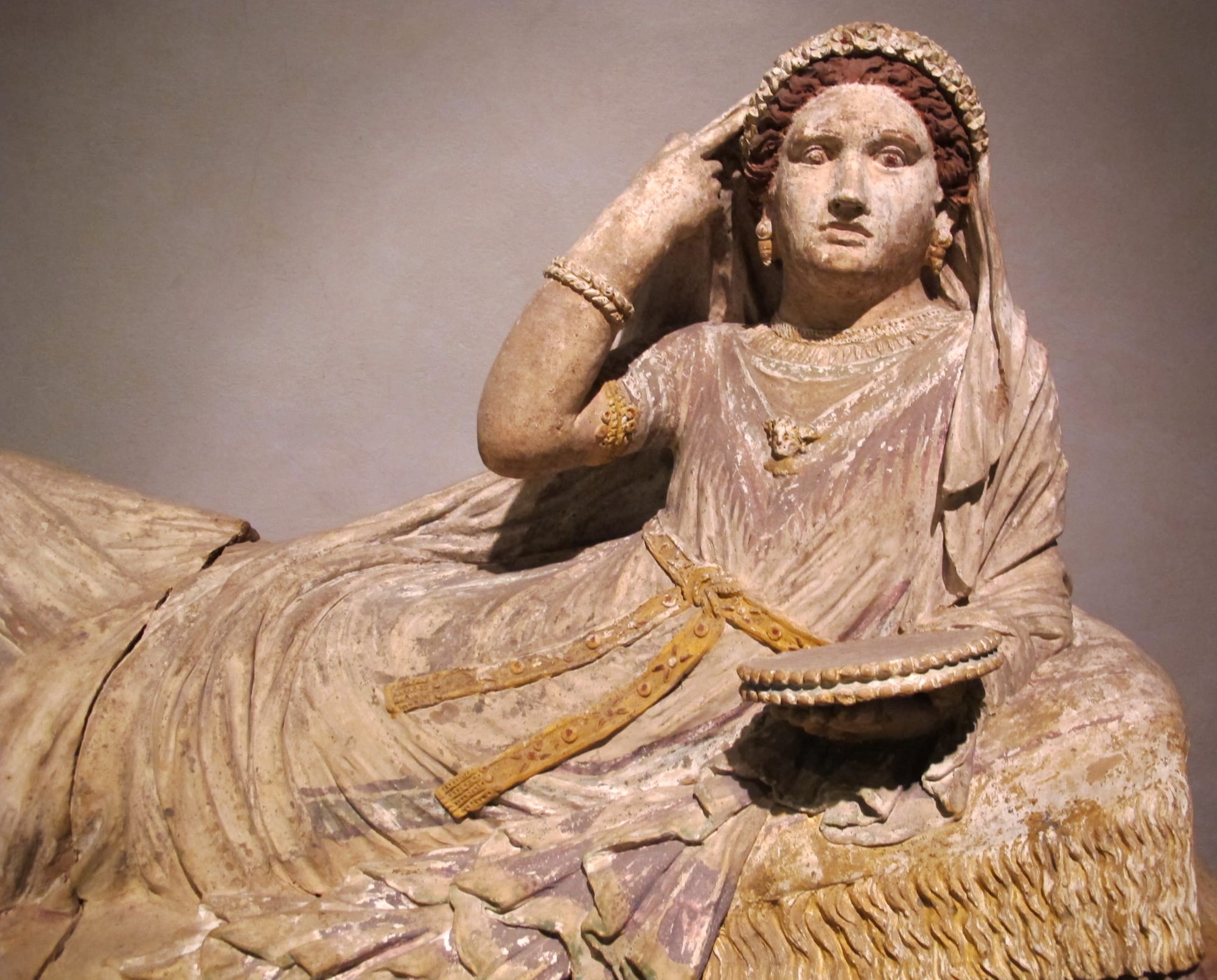
The Masks of Death: The imago clipeata-imagines clipeatae
The imagines were realistic wax masks of deceased ancestors, typically created while the person was still alive, and were exclusively used by male office-holders who had reached the position of aedile, reflecting their close ties to the state’s politics. (Pliny devotes almost ten paragraphs in his Natural History talking about them)
These masks were stored in wooden cupboards (armaria) in the atria of aristocratic homes and were brought out during funerals.
Actors would wear these masks, dressing in garments that matched the ancestor's rank, as they participated in funeral processions. Polybius details how these actors, dressed as the deceased, would ride on wagons, accompanied by symbols of the ancestor's political authority.
The imagines had a significant political role, allowing families to showcase their past achievements and reinforce their social and political claims. While the imagines helped legitimize a family’s standing, they also served to keep the memory of the deceased alive, briefly bringing them back to life during the funeral.
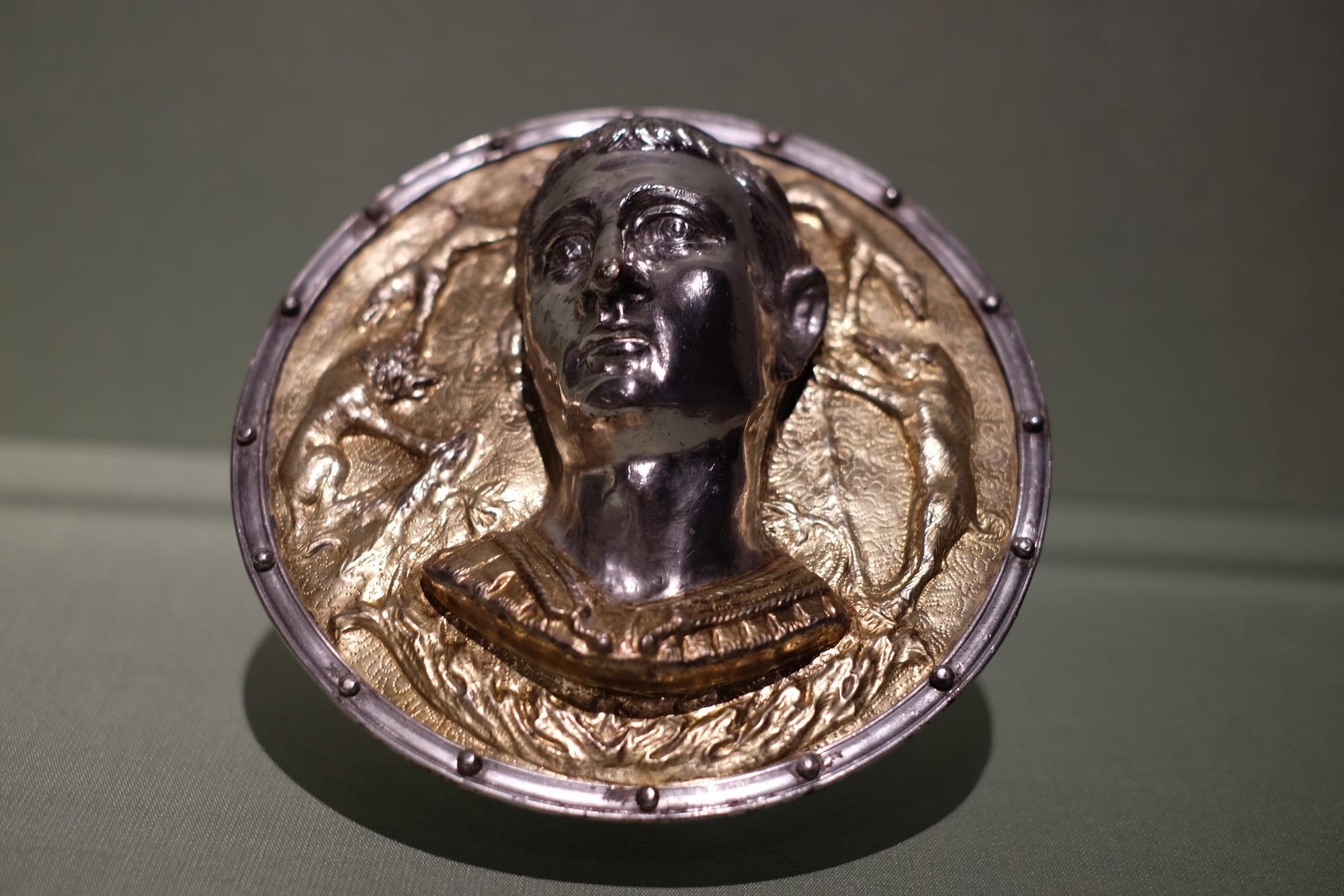
This act of reviving the deceased during the procession had a strong impact on both the family and spectators, similar to how a tombstone or monument keeps the memory of the deceased present in the minds of the living.
Literary accounts of Roman funerals are relatively scarce. While the ceremonies for notable figures like Drusus or the emperors were occasionally mentioned, funerals of those outside the elite class were generally not documented.
Still, bones, ashes, grave goods, tombs, monuments, and even entire cemeteries have survived. It is ironic that one of the primary sources of information about the living population of the Roman Empire comes from the remnants of death and its associated rituals.
Yet, it is fair to say that beyond the bones themselves, these funerary remains symbolize life rather than death. (Valerie Hope, Constructing Identity: The Roman Funerary Monuments of Aquileia, Mainz and Nimes, British Archaeological Reports International Series 960)
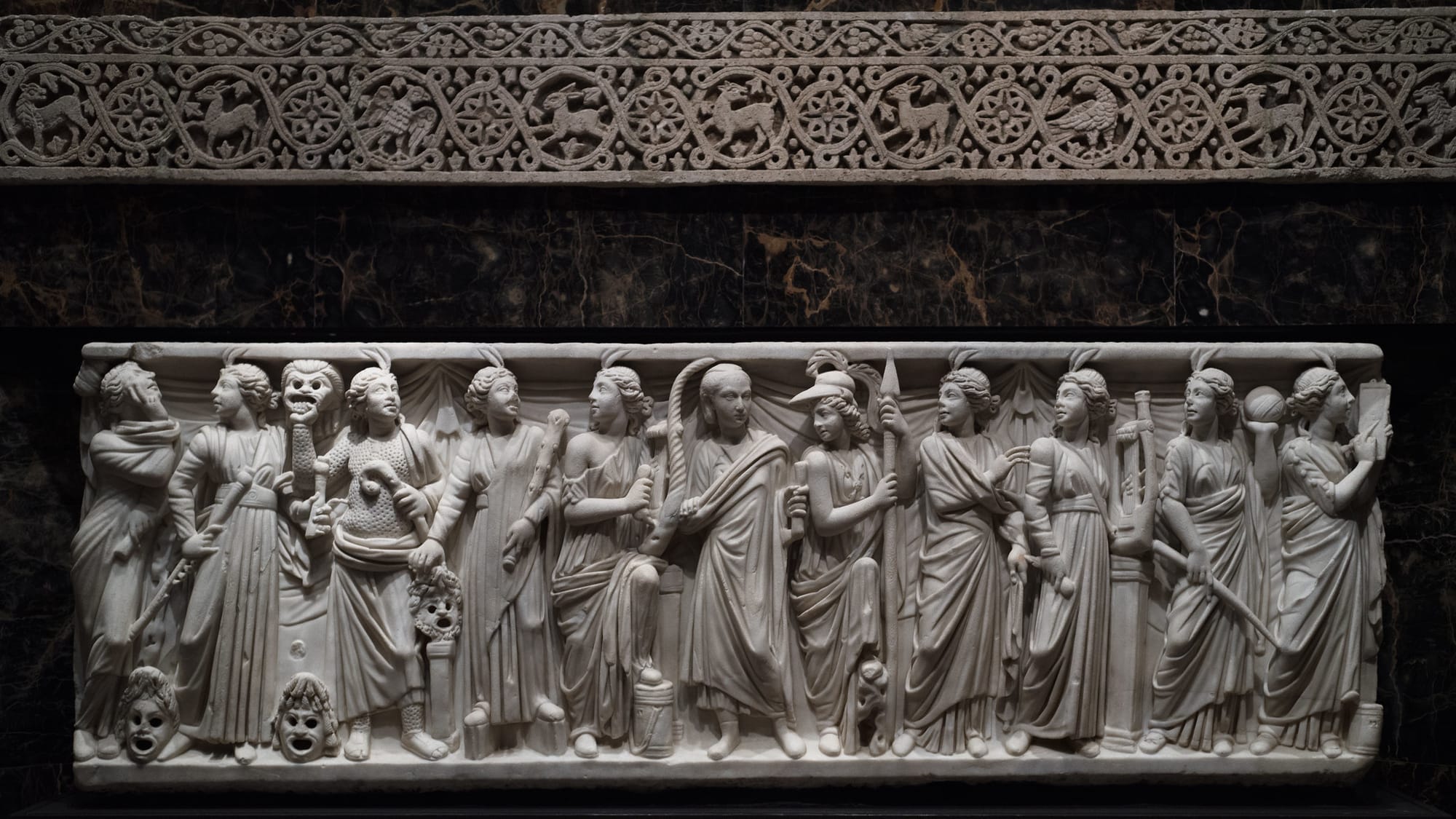
Memorialization of the Dead
Roman culture strongly emphasized how the dead would be memorialized. Grave markers often included detailed descriptions of the deceased's life, and wealthy elites constructed grand mausoleums in Rome to honor their departed. Over time, burial practices shifted from cremation to inhumation, especially by the third century AD.
This change may have been influenced by the growing interest in Greek culture among the Roman elite and emperors. By the fourth century AD, with the spread of Christianity throughout the empire, inhumation became the primary burial practice in the Western territories.
Literary works like Virgil's Aeneid provide insights into Roman cremation rituals, despite being fictional. The Aeneid describes cremation as a process involving the washing and anointing of the body, dressing it in fine robes, and placing it on a pyre adorned with incense.
After the pyre burned, the bones and ashes were collected and placed in an urn. While such rituals reflect the wealth of the elite, similar procedures were likely followed for ordinary Romans, though with less costly materials.
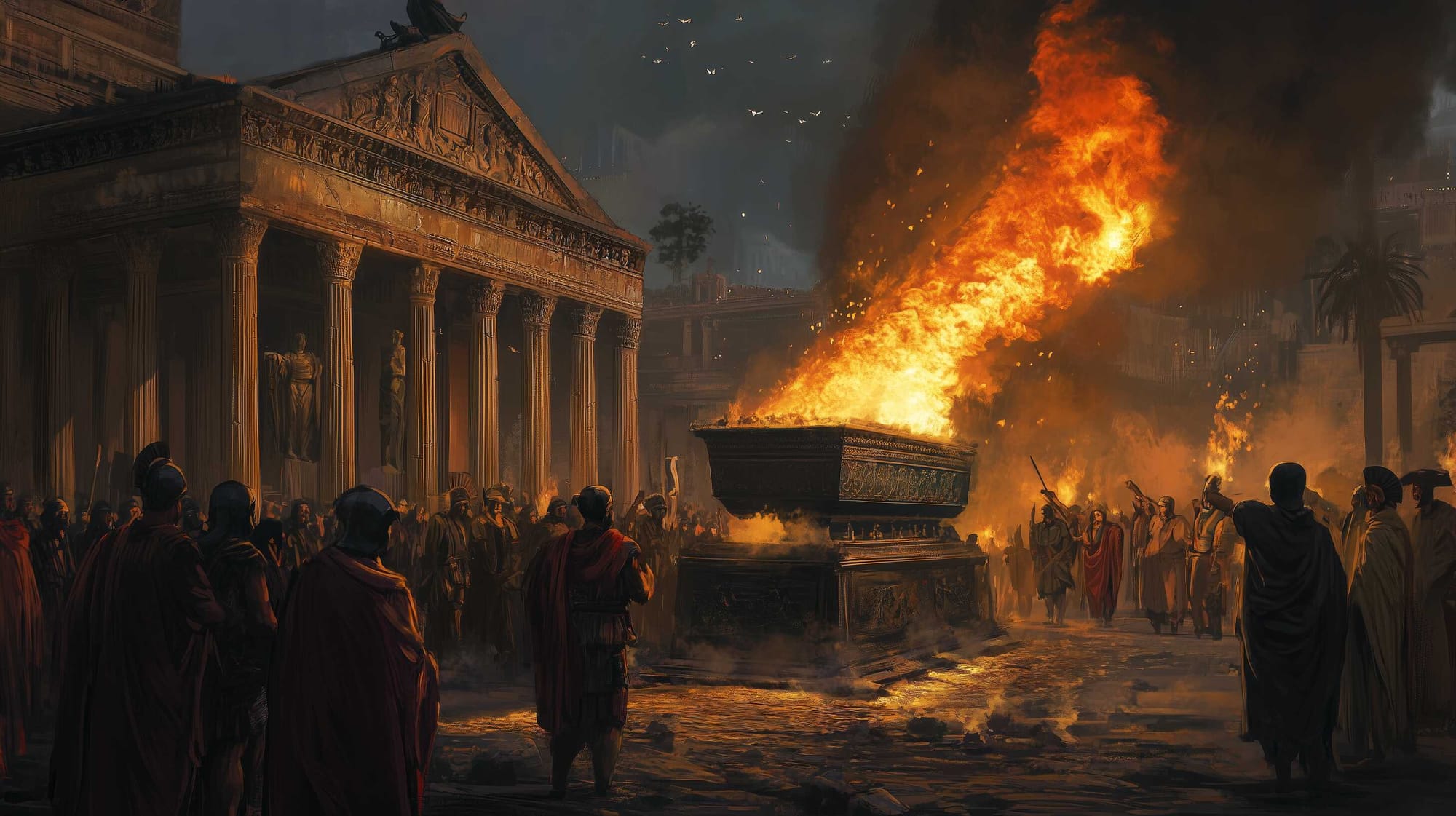
Funeral attendance was a social duty in Rome, and not participating was considered disrespectful to the deceased. Prominent figures, like Julius Caesar and Augustus, were given state funerals in public spaces, attracting large crowds. Even lower-class individuals had communal funerals, involving rituals like building the pyre, calling out the deceased's name, and collecting their remains.
The Aeneid also highlights the importance of proper burial, as unburied souls were believed to wander for a hundred years before finding peace. Romans believed that a person's actions in life influenced their fate in the afterlife, with the virtuous going to Elysium and the sinful being sent to Tartarus.
Romans placed great value on being remembered after death. Memorials, from simple urns to elaborate mausoleums, were designed to preserve the memory of the deceased. Epitaphs often detailed not only the deceased's name and age but also their life accomplishments, particularly for prominent figures.
This focus on memorialization reflected a desire to preserve the deceased's legacy and enhance the social standing of the living relatives associated with them.
Propertius refers to his gravestone, writing:
“When, therefore, fate claims back from me my life, and I become a brief name on a tiny marble slab”
and,
“Then, when the fire beneath has turned me into ash, let a little jar receive my ghost, and above, over a tiny tomb, let a laurel be planted to cast its shade over the site of the burned-out pyre, and add a line or so to say ‘Who now is buried here as gruesome dust, once was the slave of a single love.”
(Elegies II)
Most of the monuments consist of altars and stelae that would have been positioned over or near the buried remains, whether they were cremated ashes or inhumed bodies. In some cases, such as with ossuary altars and sarcophagi, the monument itself contained the human remains.
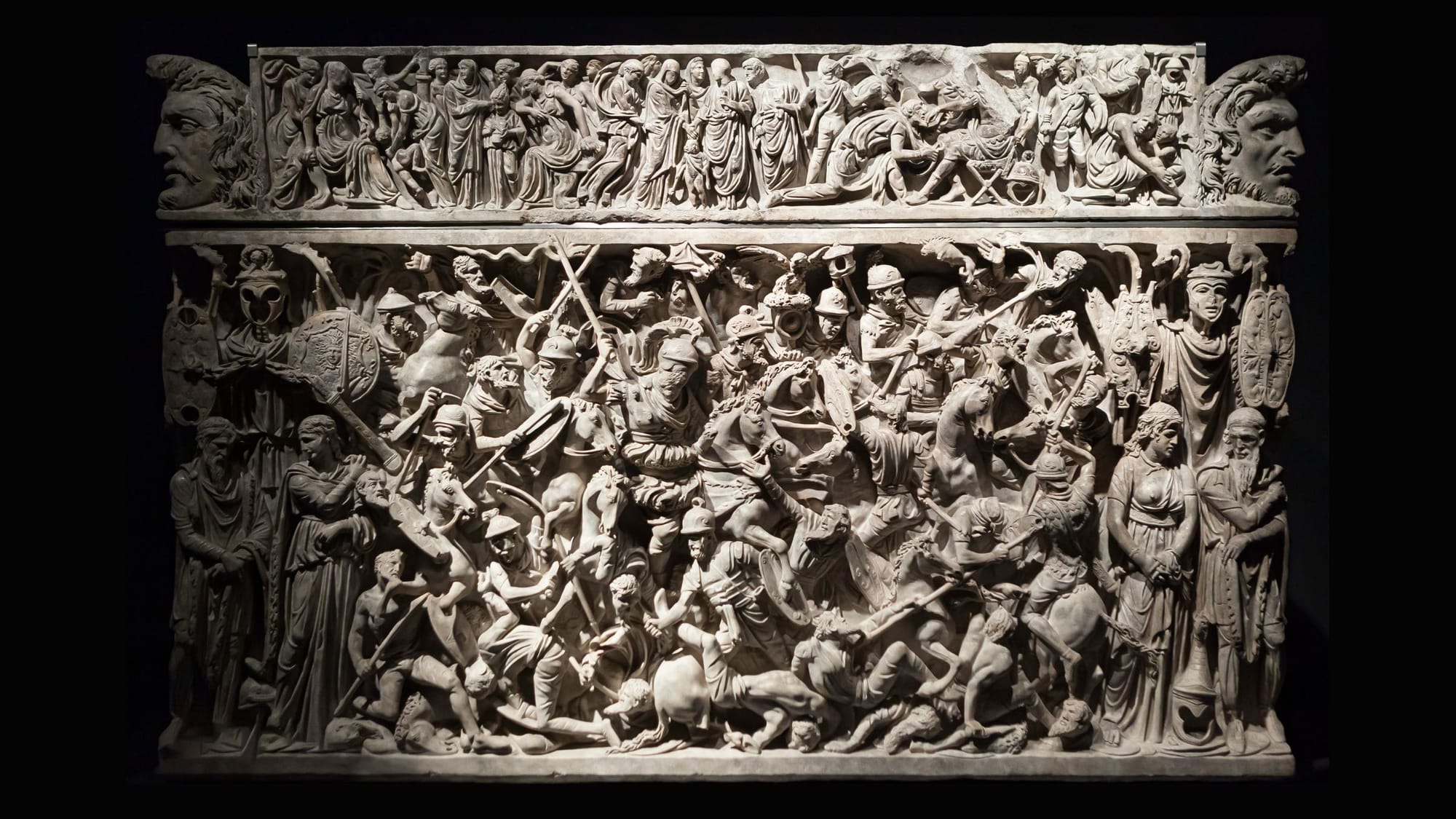
Neglection of the Dead
The Roman cemetery served as a space where memories of the deceased could either be cherished or forgotten. Funerary monuments were meant to preserve the memory of individuals, but these specific or personal memories could only endure as long as someone remained to remember them.
Once those who remembered had passed away, the monuments were often neglected and might be rapidly forgotten. As Juvenal observed, "sepulchres too have their allotted fate." Many of these monuments fell into disrepair, and what survives today likely represents only a small fraction of what was originally built. Stones weather, decay, and are often neglected and overturned.
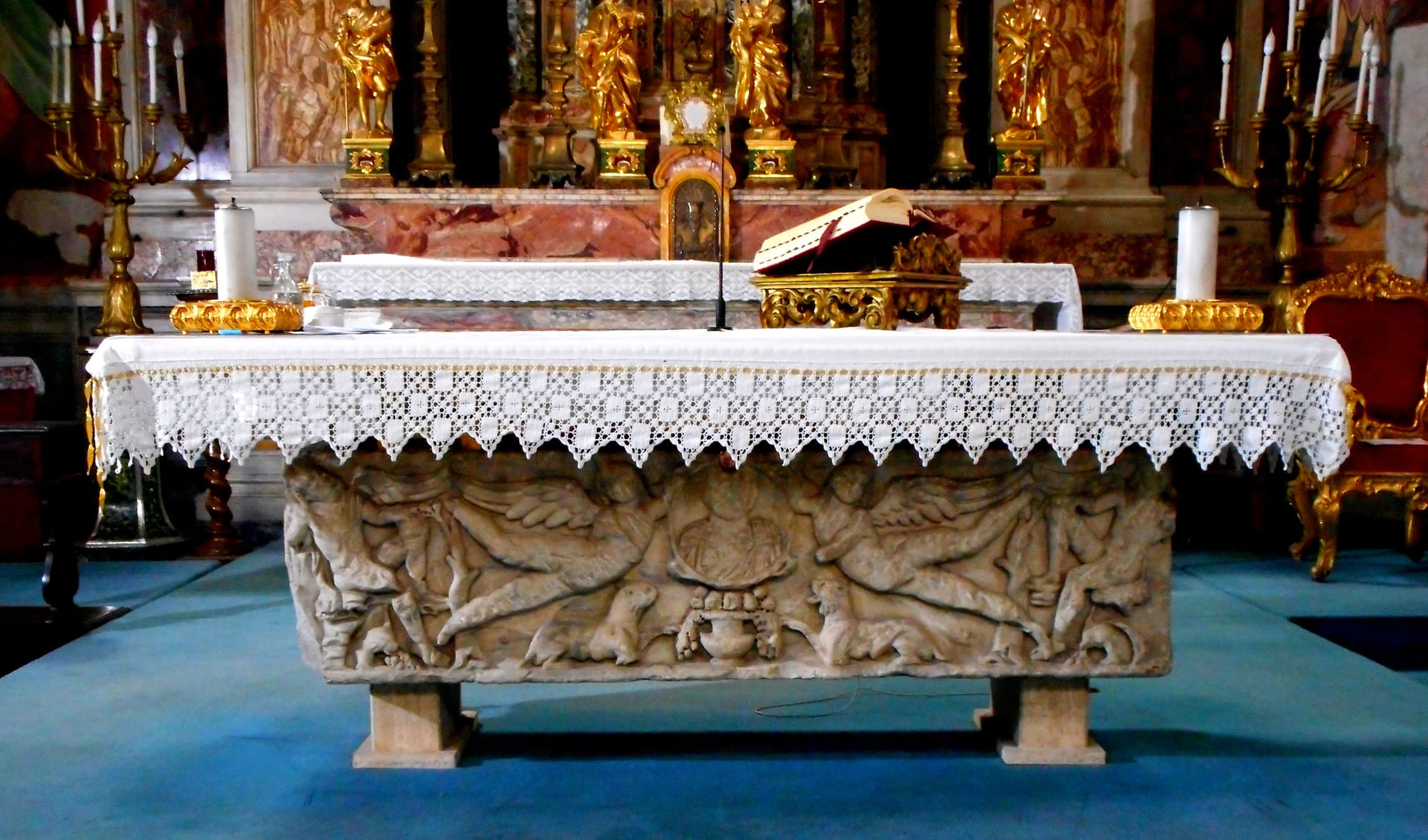
Within a generation, there was no one left to care for these graves and protect the memory of those interred.
Roman sarcophagus (3rd century AD) as altar - San Giacomo in Augusta Church in Rome. Credits: Carlo Raso, Public domain
Roman cemeteries were often subject to reuse and abuse. Although laws were in place to protect the dead, the needs of the living frequently intruded upon cemetery grounds, leading to tombs being used as make-shift toilets or temporary shelters, and even to tombstones being repurposed as building materials or, in one case, reused as a toilet seat.
This apparent blatant disrespect for the dead may seem shocking, but it becomes more understandable when we consider the fate of many Victorian and Edwardian cemeteries in Britain, where neglect and decay of individual memorials are common, yet the cemetery as a whole becomes an important symbol of the past.
Stone monuments were intended to endure, though the reality often differed. To fulfill their primary function—to mark the place of human remains and prevent disturbance—grave markers could take many forms. In the Roman period, a durable tombstone or monument was likely a luxury item, and it's unclear who could afford such markers.
However, alternatives to stone were available, such as wood, terracotta, ceramics, and metals. At the Isola Sacra necropolis, for example, amphorae were used as burial containers, with their necks protruding from the ground to serve as both grave markers and tubes for libations.
Many makeshift markers made of perishable materials have long since vanished, and many graves may never have been marked at all. The poor and dispossessed were often overlooked in death as they were in life, with unclaimed corpses treated as little more than refuse, as Martial describes: "Four branded slaves carried a common corpse; The paupers' burying ground receives a thousand such."
It is impossible to estimate how many inhabitants of Roman towns were disposed of in mass graves or puticuli.
‘...until turf is cast upon the bones, the place where a body is cremated does not have a sacred character; but after the turf is cast [the burial is considered accomplished, and the spot is called a grave]; then, but not before, it has the protection of many laws of sanctity.’
Cicero, De Leg. II
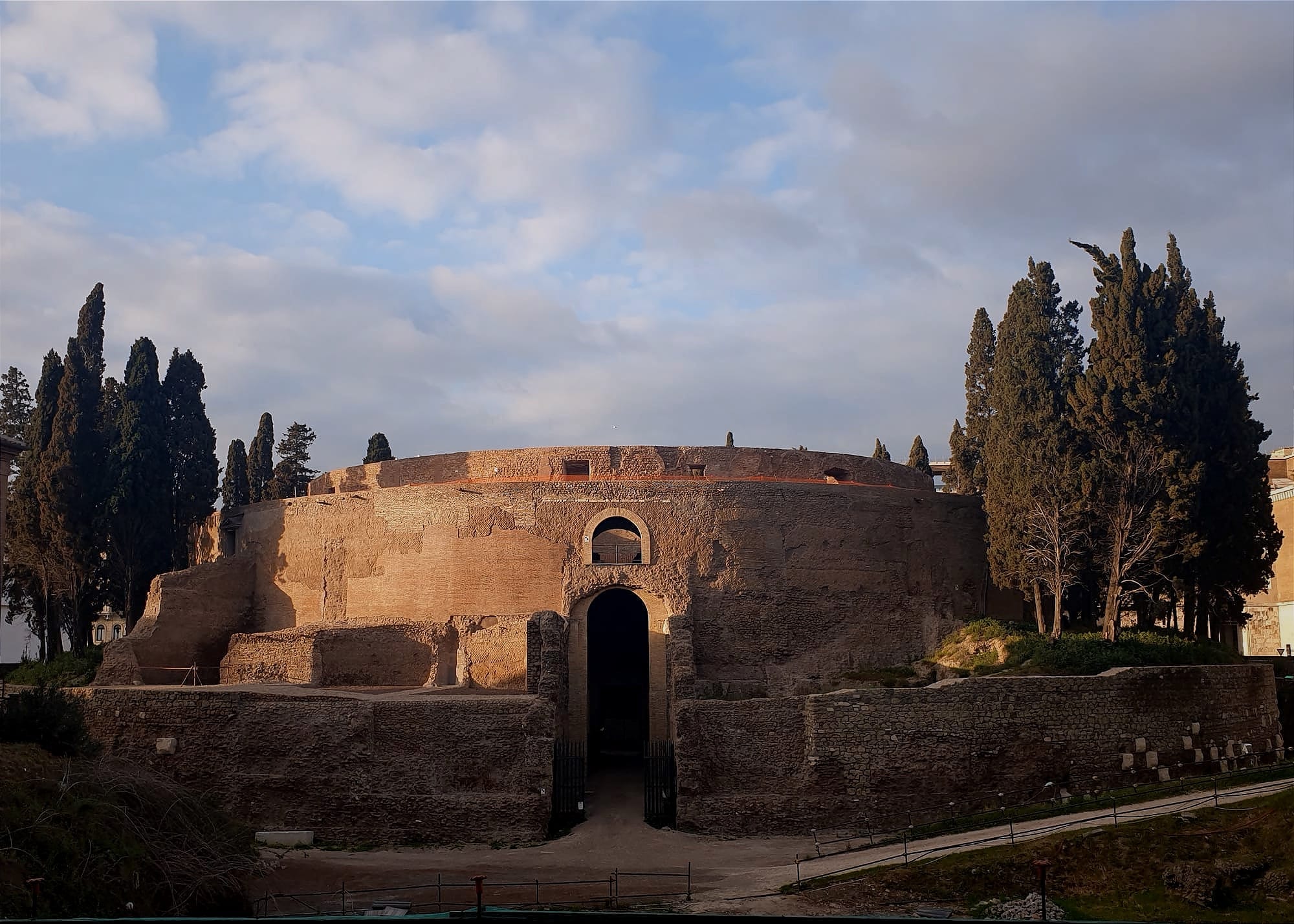
Burial of the Poor and the Elite
In ancient Roman society, funerary practices were closely tied to the social status of the deceased. Wealthy and upper-class individuals had their bodies prepared for lying-in-state, sometimes for up to seven days, by professional undertakers (libitinarii) and their assistants (pollinctores). In contrast, the poor were taken to their cremation or burial on simple biers (sandapillae) by lower-class workers (vespulliones).
The actual cremation was carried out by ustores, and grave-digging by fossores, with dissignatores likely serving as masters of ceremonies for the funerals of the rich. Prominent individuals could have a funus indictivum, a public funeral announced by a herald (praeco).
The funeral procession, known as the pompa, traditionally took place at night by torchlight. However, in later times, most funerals (except those of children and the poor) occurred during the day, still accompanied by torches. Roman law mandated that all bodies be buried outside the city limits, a practice established by the Twelve Tables and continued through the late Empire, with only a few exceptions.
At the burial site, key rites were performed, such as throwing a small amount of earth on the corpse or, in the case of cremation, cutting off a portion of the body. The poor were usually buried directly in the earth in simple trench graves, while the wealthy were laid to rest in ornate sarcophagi made of materials like marble, stone, terracotta, lead, or wood.
Cremations were conducted either at the site where the ashes would be buried (bustum) or at a designated cremation site (ustrina or ustrinum). The cremation process involved rituals such as opening the deceased's eyes, placing gifts and possessions on the pyre, and sometimes even sacrificing pets to accompany the soul into the afterlife.
After the body was burned, the ashes were soaked with wine, collected, and placed in urns or vessels, with the type of container reflecting the social status of the deceased.
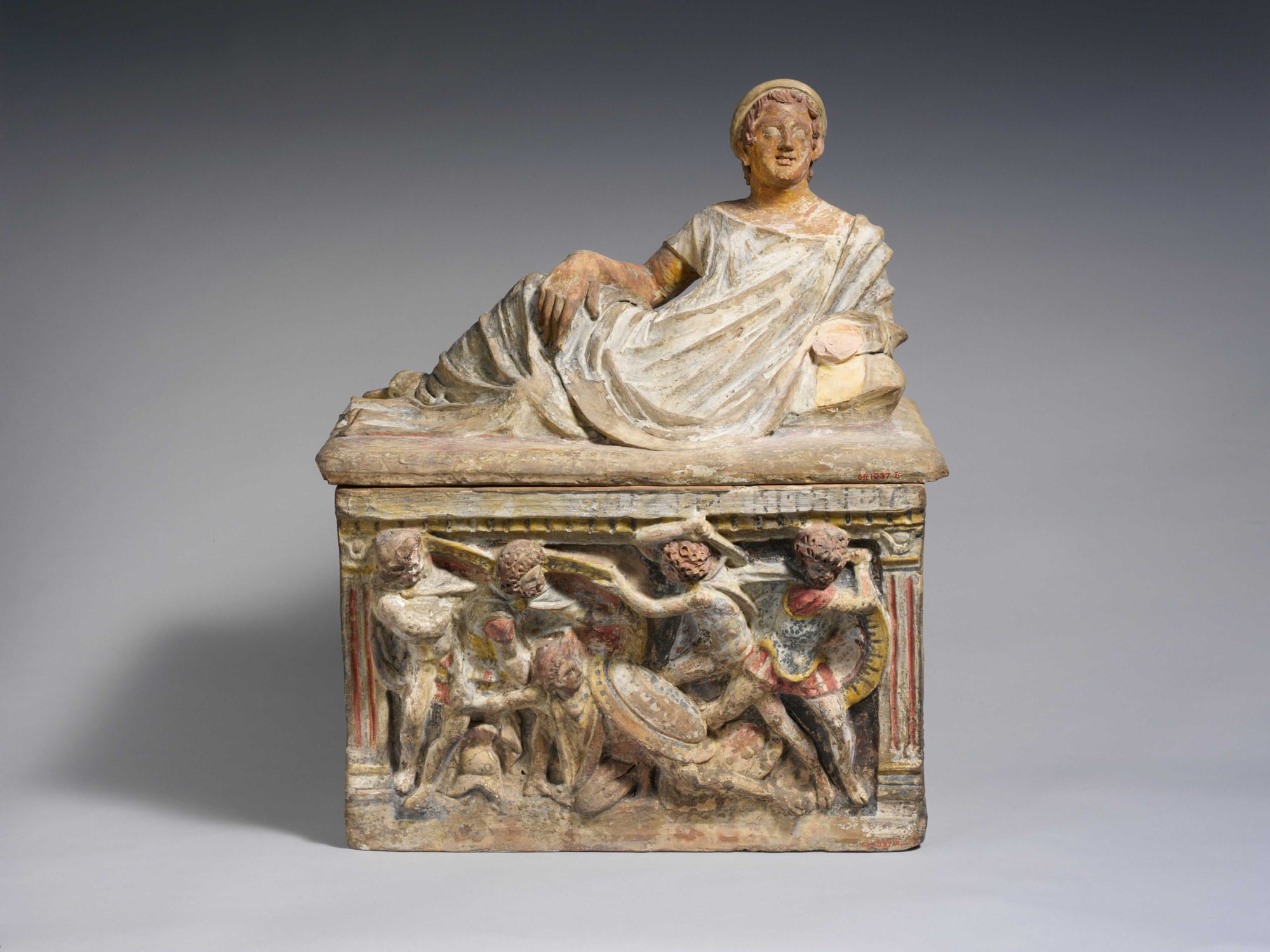
Post-funeral rites were also important in Roman culture. A pig was sacrificed to legally consecrate the grave, followed by the purification of the family members through the suffitio, a ritual involving fire and water. The funeral day marked the start of a period of cleansing ceremonies (feriae denicales) at the deceased’s home, and a funerary feast (silicernium) was held at the grave in honor of the dead.
The deceased continued to be remembered throughout the year with visits to their tombs on their birthdays and during annual festivals for the dead, where family and friends would share meals at the gravesite. In the early empire, with cremation being the primary burial practice, the remains of the poor could easily be rendered invisible, allowing the unsightly common burial grounds to be reclaimed for the living, often transformed into public parks.
The creation of collegia or burial clubs, along with the construction of large tombs like columbaria, provided many people in Rome with the opportunity for a modest but respectable burial, ensuring their memory was preserved in a discreet manner. Acknowledging communal burials and the stigma associated with pauper's graves suggests that the ideal was always to have a marked grave, and that everyone wished to be commemorated in a permanent form.
However, in reality, funerary monuments were not the only means of preserving memory, and their use and significance varied over time.
As Cicero noted,
“death is feared by those who believe that everything ends with life, not by those whose renown cannot perish.”





About the Roman Empire Times
See all the latest news for the Roman Empire, ancient Roman historical facts, anecdotes from Roman Times and stories from the Empire at romanempiretimes.com. Contact our newsroom to report an update or send your story, photos and videos. Follow RET on Google News, Flipboard and subscribe here to our daily email.
Follow the Roman Empire Times on social media: